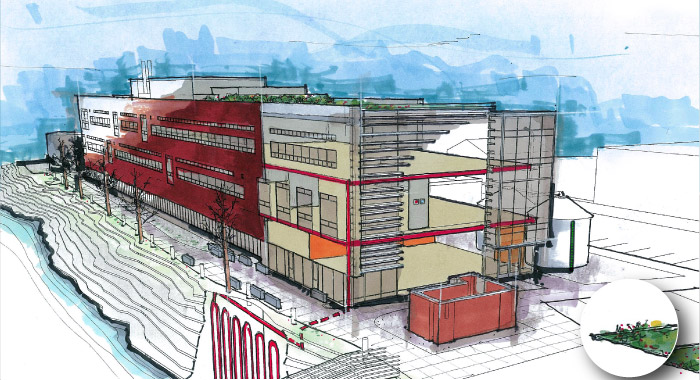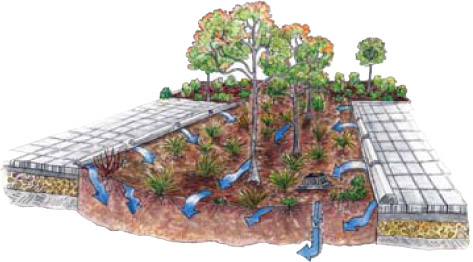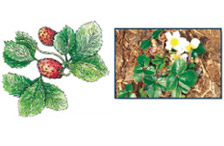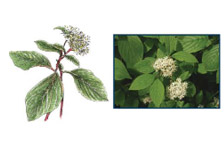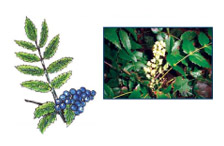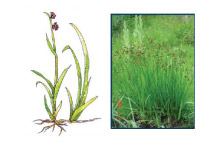 Rain garden creates natural filters
Rain garden creates natural filters
Rain gardens are shallow depressions landscaped with native plants. They are designed to catch rainwater runoff from impervious surfaces such as roofs, walkways, and driveways. The rain garden on this site collects and filters runoff from the parking lot. Rain gardens:
- Keep pollutants from reaching local waterways.
- Reduce flooding problems.
- Provide habitat for beneficial birds and insects.
- Refresh local groundwater.
- Offer low-maintenance landscaping.

